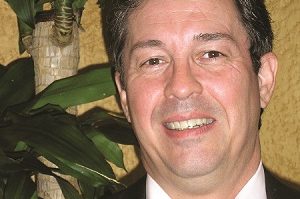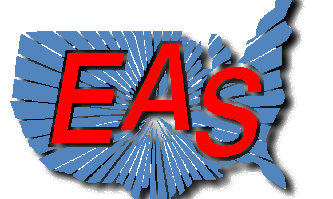Engineers want it all from their facilities monitoring equipment: smarter devices, easier connectivity and better technical support. And they want to be able to access everything on their BlackBerrys, cell phones and computers.
(click thumbnail)Burk ARC PLUS“The digital build-out has almost doubled the demands on remote monitoring and control,” said Stephen Dinkel, director of North American sales for Massachusetts-based Burk Technology. “Engineers are facing the challenge of monitoring more equipment, and in many cases looking after more sites, without extra help. The trend is toward systems that help prioritize data so that engineers and operators can more easily manage the information they’re getting from remote sites.”
Burk Technology will be one of several vendors in this equipment category that will be at the NAB Radio Show in Charlotte beginning September 26. Radio World talked with several monitoring systems suppliers to find out what engineers are looking for in new equipment.
“The key trend is toward IP connectivity and intelligence,” said Tony Peterle, technical support manager of Audemat-Aztec in Miami. “Engineers want facility control that can do more than just alert someone when something goes wrong. The need is for an intelligent unit that can take actions to correct out-of-tolerance conditions.”
(click thumbnail)Davicom MAC & MiniMACJohn Ahern, president of Quebec-based Davicom, said his company has responded to the demand for different Internet protocols such as TCP, SNMP, SMTP, HTTP, HTTPS and FTP.
“In addition, customers want to keep their POTS access as a backup,” he said. “We even have users requesting double backup communication systems with phone and cell phone.”
A DECADE OF CHANGES
In the 10 years since deregulation, engineers have asked for more advanced features.
“Ten years ago engineering staffs were larger, and more studio operators had a technical background,” said Dinkel. “In today’s environment, and especially at unattended operations, the remote control system needs to handle ‘first response’ decisions that were once left to on-site staff. Sometimes this is as simple as deciding who should receive a particular alarm notification. But in many cases, faults can be resolved automatically so that engineering or management merely gets notified that the problem occurred, and when the system resolved it.”
(click thumbnail)Audemat-Aztec IP2CHOICEPeterle said that monitoring devices have become more intelligent over the last decade, and that more engineers are putting “bulletproof” on their list of desirable qualities.
“They’re also asking for Ethernet, sophisticated analysis of and responses to changes in the monitored conditions, and the ability to access and control external equipment through SNMP or serial ports,” he said.
Ahern said that one of the most important criteria for his customers is technical support.
“They want their suppliers to go the extra mile,” he said. “We’ve sent our people across the continent on short notice to help debug a site that had been installed over five years earlier by another company. Also, customers want configurability that will allow them to avoid being ‘alarmed to death’ by their remotes. Our products have features that qualify the alarms and prevent the units from calling out nuisance or redundant alarms.”
THE IMPORTANCE OF IP
“IP is becoming the standard connection method between the studio control points and the remote site,” said Dinkel. “Once the remote site is on a LAN/WAN, the control point can be just about anywhere, whether it’s a central monitoring facility on a corporate LAN, or an engineer’s Smartphone over the Internet.”
Peterle noted that IP is important, but it is not the only game in town.
“The next few years are going to be all about getting connectivity to the sites whether through cable, satellite or cellular IP. But a large number of transmitter sites have no more than a POTS line, so using PPP and DTMF is a critical capability for any facility control device.”











